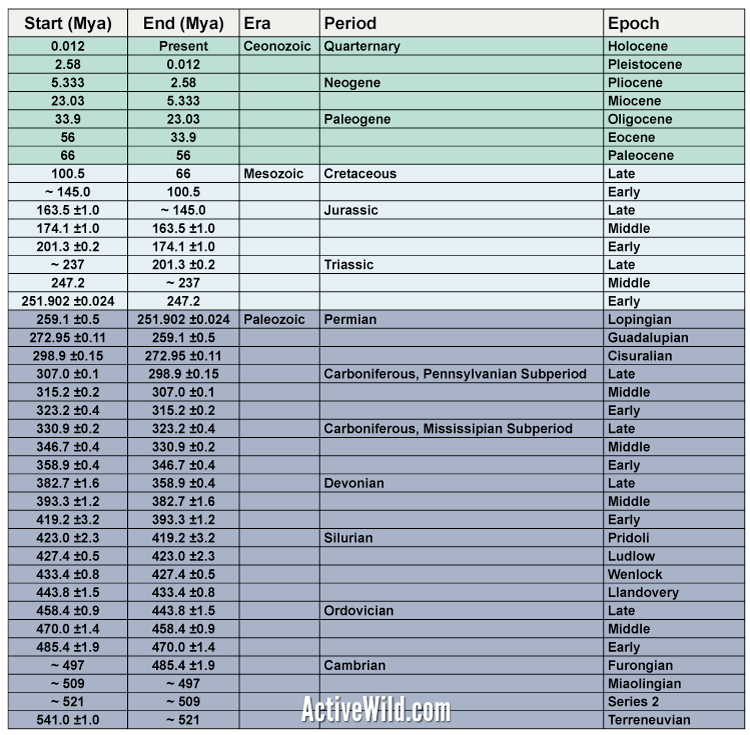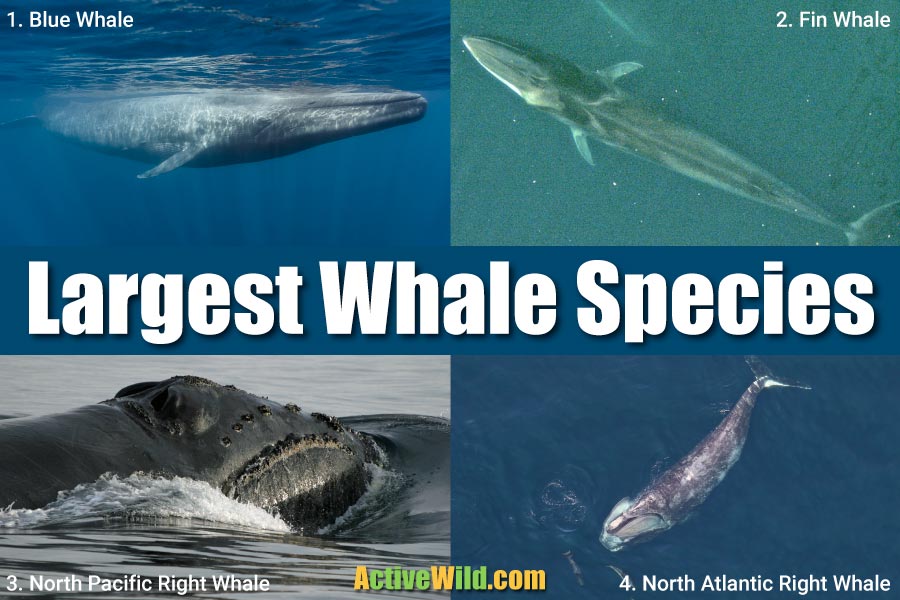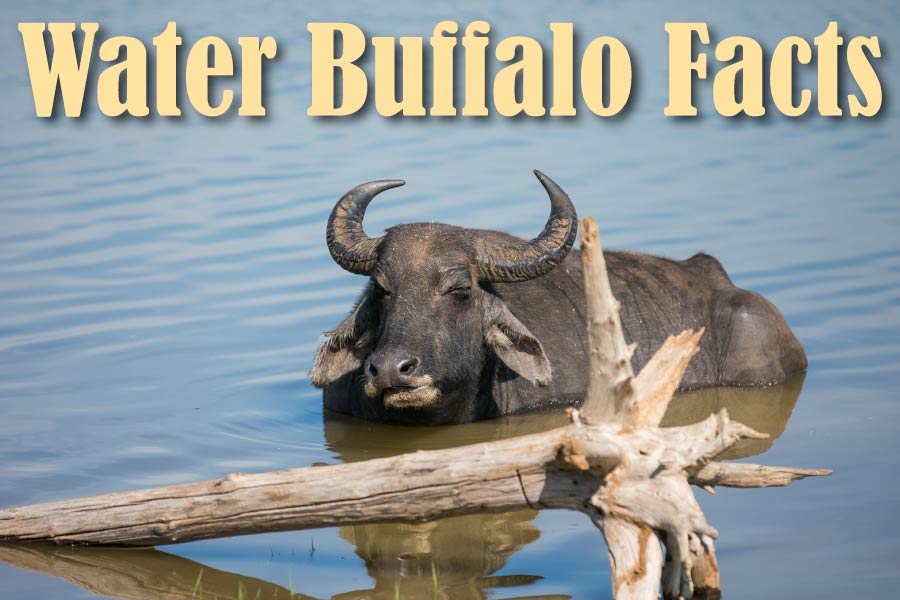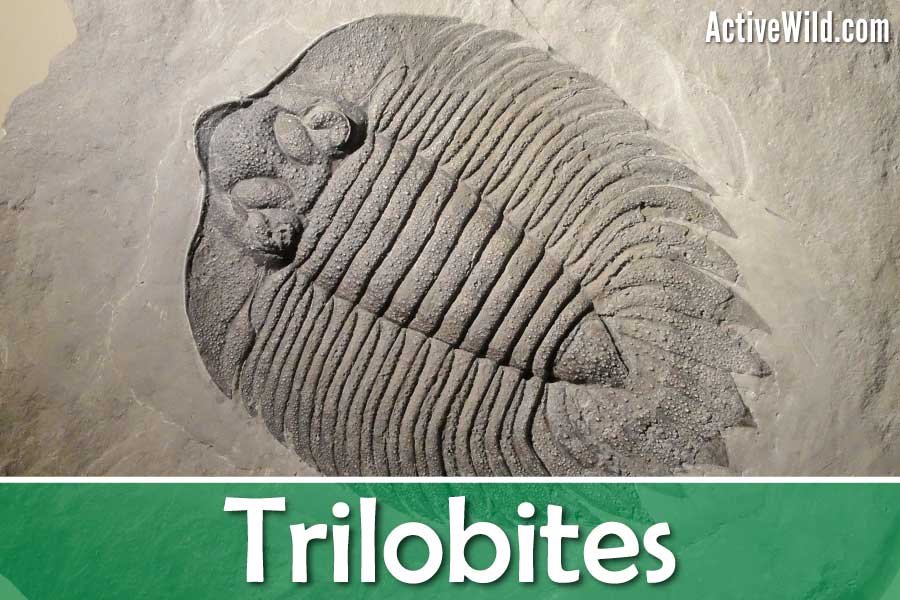Discover the major rivers of Africa. On this page is a guide to five famous African rivers, with pictures and interesting facts...
 Alison Bosman
Alison Bosman
Geologic Time Scale With Facts And Examples: What Is It & What Is It Used For?
Scientists often use terms such as “Mesozoic Era” and “Jurassic Period” when referring to certain times in Earth’s history.
Both the Mesozoic Era and the Jurassic Period are stages in the geologic time scale.
The geologic time scale links particular times in Earth’s history with the layers of rock in the Earth’s crust that were formed during those times.
For example, the Jurassic Period is the name given to the time in which a certain layer of rock in the Jura Mountains of Europe was being formed.
On this page you’ll find a complete explanation of the geologic time scale, including what it is, who uses it, and why it’s important…
Top Ten Largest Whale Species With Pictures & Amazing Facts
A list of the top ten largest whale species ranked in order of mass, from lightest to heaviest. Discover amazing facts about the world’s largest animals!
Water Buffalo Facts: Discover An Important Asian Domestic Animal
Water buffalo facts, pictures and in-depth information. Discover one of the world’s most important domesticated animals and its wild ancestor, the wild water buffalo.
Trilobite Facts: Amazing Animals That Existed Millions Of Years Before The Dinosaurs
Trilobite facts, pictures and in-depth information: discover a group of ancient arthropods that inhabited Earth hundreds of millions of years before the dinosaurs!
Human Evolution Timeline Chart With Pictures And Amazing Facts
Human evolution timeline chart, with details on each of the major stages of human evolution.
On this page you’ll discover how modern humans evolved from the very first primates – animals that shared Earth with the dinosaurs over 80 million years ago.
Blue Wildebeest Migration Facts – Discover The World’s Largest Land Migration
The annual blue wildebeest migration in East Africa is the world’s largest land migration, and one of the most famous of all natural spectacles.
During their annual circular migration, huge herds of over a million blue wildebeest travel a distance of around 1,000 miles (1,600 km) in search of fresh grazing and water.
Challenges faced by the blue wildebeest during the journey include crossing crocodile-infested rivers and the continuous threat of predation by animals such as lions, hyenas and cheetahs.
When Did Humans First Appear On Earth?
Humans first appeared on Earth at least 315,000 years ago. This figure is based on fossil remains found in Jebel Irhoud, Morocco – the earliest-known remains of modern humans.
The exact time humans first appeared is difficult to judge because species don’t come into being overnight. Rather, they change and evolve slowly from ancestral species.
Because the first human remains date back to around 315,000 years ago, our species will therefore have appeared some time before this. DNA evidence from human chromosomes indicates that humans (scientific name: Homo sapiens) may have first appeared more than half a million years ago.
American Crocodile Facts, Pictures & In-Depth Information
The American crocodile is a large crocodilian in the family Crocodylidae (the “true crocodile” family). It is found in coastal and aquatic habitats in the warmer waters of North, Central and South America, as well as on Caribbean islands. The species shares part of its range with the similarly-sized American alligator.
Like other crocodilians, the American crocodile is an ambush predator. Rather than actively pursuing its prey, it lurks under the water waiting for unsuspecting animals to come within reach of its powerful jaws.
In many parts of its range the American crocodile was once hunted almost to extinction for both its meat and its hide. The species is now protected under national and international laws. Although no longer endangered, the American crocodile is still rated as “Vulnerable” by the International Union for Conservation of Nature.
Read on for more American crocodile facts…










